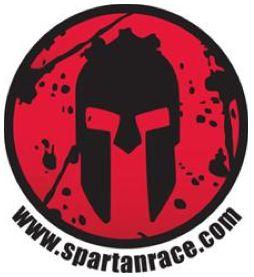
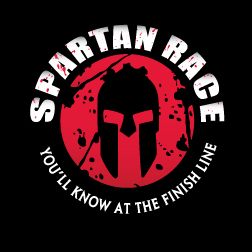 The Spartan Race: The Spartan Race is an obstacle challenge race offered in several different formats: the Spartan Sprint (about a 5K race, but with approximately 20 obstacles of varying difficulty), the Spartan Super (an eight-mile race with 25-plus obstacles), and the Spartan Beast (a 16K, 30-plus obstacle race). Races are staged across the U.S. as well as internationally, in various settings. The Reebok Spartan World Championship will be offered in Lake Tahoe, California, in October 2015, and featured on NBC.
The Spartan Race: The Spartan Race is an obstacle challenge race offered in several different formats: the Spartan Sprint (about a 5K race, but with approximately 20 obstacles of varying difficulty), the Spartan Super (an eight-mile race with 25-plus obstacles), and the Spartan Beast (a 16K, 30-plus obstacle race). Races are staged across the U.S. as well as internationally, in various settings. The Reebok Spartan World Championship will be offered in Lake Tahoe, California, in October 2015, and featured on NBC.
Sports Destination Management: It’s obviously much different for an event organizer to choose a venue to set up an obstacle race from one a regular 5K road course. What are some of the things you look for when choosing a venue for the Spartan Race?
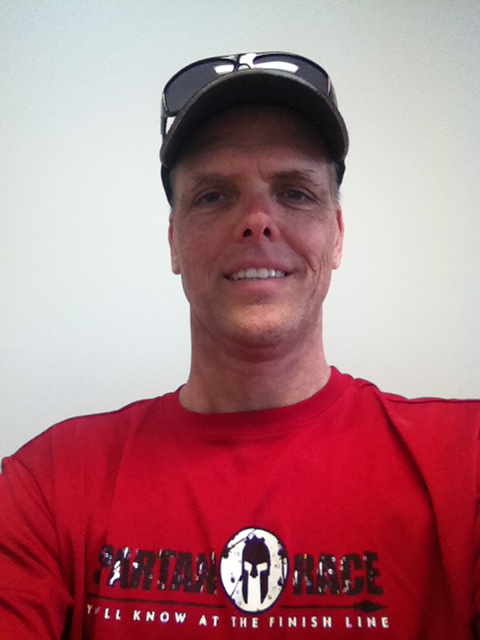
Brian Duncanson: What we’re looking for depends on the format of the race. We need at least 200 acres of land for a sprint race. Our middle distance requires at least 400 acres and our Beast distance needs 800 acres.
When we go to look at possible locations, we’re looking for different things. Number one, we have to find something an area that is a little remote. In an ideal world, that would be close to a major metropolitan area; unfortunately, that’s frequently counterintuitive. Not every metro area is close to something like that. Obviously, if you want good attendance, you need to make it convenient for people – either those who live nearby or those who travel in. Now that this race is established, we drive quite a bit of travel traffic.
Something else we’re looking for is interesting terrain, and that includes hills people can run up and down, rocks, natural water features —and this is where the counterintuitive part comes in again: we want to have great terrain for the race course but we also need a large, open festival area for people, so you need a big flat space close by. Plus parking is always a big concern – some of our races will require parking for over 3,000 cars. Our ideal site has the parking collocated with the main area so that participants can park and walk. We have some areas where we use shuttle buses and have the parking offsite, but that is not ideal.
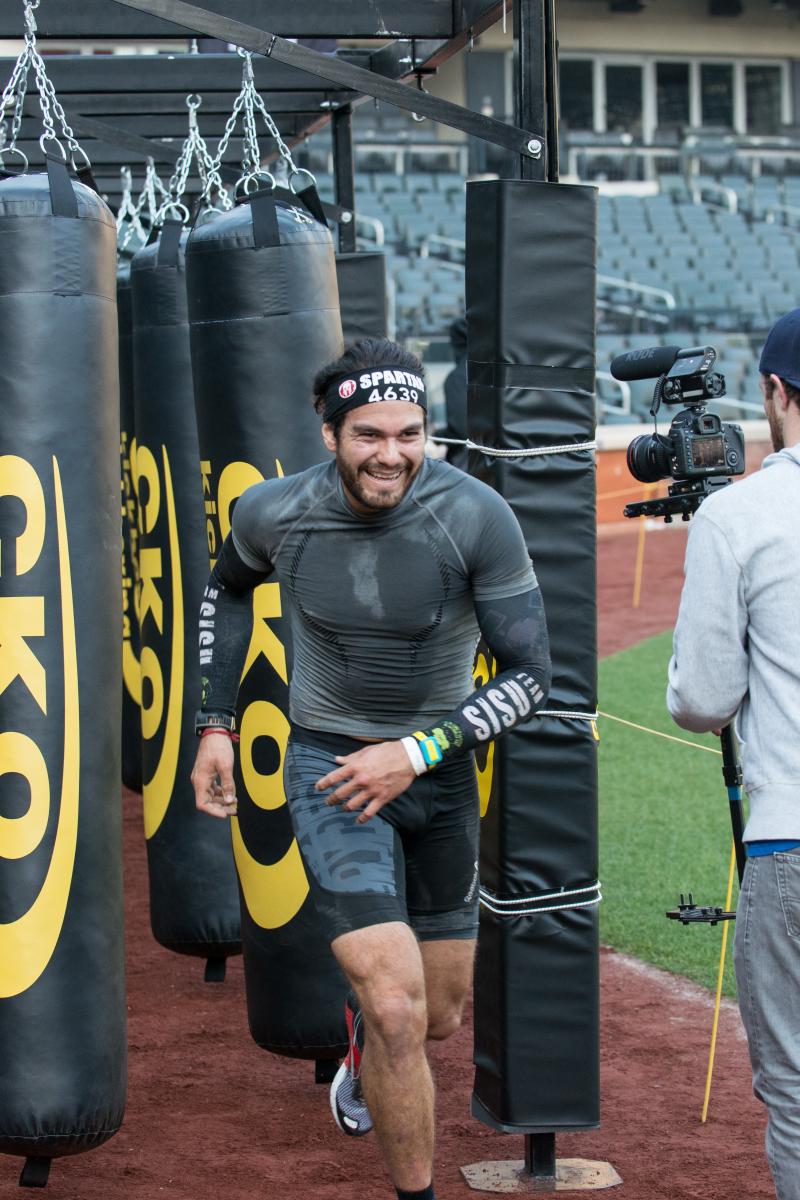 That’s just the venue itself. We also the issues every event needs – we need to be close to airports, hotels and restaurants, since we have people traveling in. Something unique we also need is easy access to places like Home Depot or Lowes; even though we have trailers with a ton of tools and equipment, there’s always going to be something we need or that we have to replenish, so we can’t be too remote from everything.
That’s just the venue itself. We also the issues every event needs – we need to be close to airports, hotels and restaurants, since we have people traveling in. Something unique we also need is easy access to places like Home Depot or Lowes; even though we have trailers with a ton of tools and equipment, there’s always going to be something we need or that we have to replenish, so we can’t be too remote from everything.
SDM: Obstacle racing has grown as a sport. Do you find that as Spartan’s reputation has grown, you’re able to find the places you need more easily?
Duncanson: The Spartan races are now at the size where we are able to pick and choose places, and to spend more time evaluating locations. We now engage with the CVBs and sports commissions. Typically, we will find these organizations can offer assistance, marketing, grants and more. Something that is interesting about working with sports commissions and CVBs is that their incentives will get you to consider cities you might not have been thinking about previously.
When we choose a destination, we’re not looking for one place we can have an event and take off and never come back; we’re always looking to get a foothold in a certain city and stay there. Even with a voice as big as Spartan’s, it’s hard to initiate a new market.
SDM: What types of attendance is Spartan getting at its races?
Duncanson: We bring in a lot of people. At least 25-30% of those are from far enough away that they need to stay overnight. Our races sizes vary, but a majority of them have about 8,000 participants, so you’re talking close to 2,000 people who travel in. Those people will do at least a $500 spend for hotel rooms, gas, food, rental cars, etc. Easily, that’s a one million dollar impact on race weekend, and that number can go as high as two million. We have some areas like Killington, plus our championships in Lake Tahoe, which are a little more remote, so you get more people traveling in.
Some of my favorite places to go are ski areas. All the things we need – the interesting terrain with the hills, the water, the mud, the rocks – it’s all found at ski areas. Then they have the wide open spaces for the festival, large parking areas, plus a lot of places to stay, eat and have fun. They r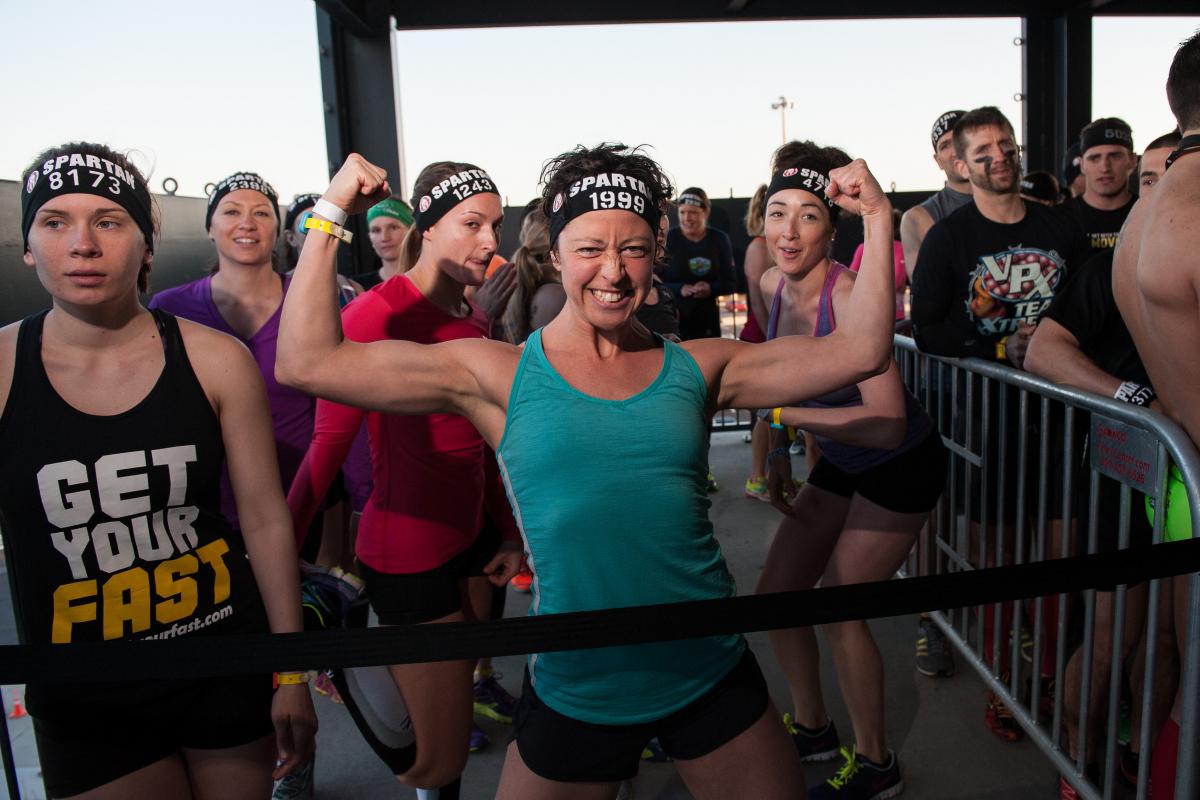 eally have everything we need from the event perspective. And these days, to stay in business, ski areas need to operate 12 months of the year so it really works for everyone.
eally have everything we need from the event perspective. And these days, to stay in business, ski areas need to operate 12 months of the year so it really works for everyone.
SDM: Is there any worry among property owners about what will happen to the venue once the race is over?
Duncanson: There are usually some concerns over land preservation, but we always go in after the race and do our best to leave the property in better shape than we found it. If we’ve dug up the land or built things, we will do the remediation work afterwards.
SDM: Do you also hear concerns about the safety of participants?
Duncanson: We have a very comprehensive safety plan and an excellent track record for athletes’ safety. We also have medical staff all over the course and they can deal with injuries when they do happen. We design our obstacles to be as safe as possible. We know that people are paying to come in and have an exciting race experience but obviously, it’s never the goal for anyone to get hurt.
SDM: Obstacle racing is experiencing incredible growth, and the Spartan Race has been on the leading edge of that. What makes it so successful?
Duncanson: The advent of the social media has really swung it from a marketing perspective. I would say that about 20 years ago, this kind of event might have taken much longer to grow; in fact, it might not have made it at all, but now, communication moves much faster. The adoption of social media for promotion is a huge part of our success. People are posting about the fact that they’ve signed up for the race and that they’re training for it, and then other people latch onto that, and suddenly you have hundreds of people communicating about this event and building it up.
SDM: Is the race training a new program?
Duncanson: W e have a preparatory program with workouts that are e-mailed out. We started that about a year into the business. Then there is a training program called SGX, with coaches people can seek out who will help them get ready for the Spartan Race. The training program is new and is getting rolled out this year. We currently have 300 Certified Spartan Trainers. That program is starting to go global, which is great because we now have races in 27 countries. Our goal is to get to 500 Certified Spartan Trainers by the end of the year.
e have a preparatory program with workouts that are e-mailed out. We started that about a year into the business. Then there is a training program called SGX, with coaches people can seek out who will help them get ready for the Spartan Race. The training program is new and is getting rolled out this year. We currently have 300 Certified Spartan Trainers. That program is starting to go global, which is great because we now have races in 27 countries. Our goal is to get to 500 Certified Spartan Trainers by the end of the year.
SDM: Is Spartan initiating any new races or programs?
Duncanson: We’re always looking for ways to innovate. We’ve started putting on races inside stadiums. The first was Fenway Park in Boston. People were saying ‘Well, how is that going to work? That’s not what we do.’ But it turned out really well. Stadiums and ballparks are mostly underutilized. There are only about 80 home games a year for Major League Baseball, and these days, every club has someone in charge of non-baseball events that are held at the stadium. When we went to Fenway, people really enjoyed it. We used every inch of that stadium. The course ran up and down stairs, along the concourses, in the side parking areas. A few years ago, when the Red Sox won the series, the trophy was on display and people could see that – it was great. We’re now in six stadiums nationwide.
We’re constantly looking at other formats. At every event now, there is also a kids’ race. In general, at our festivals, we started noticing that families were showing up, and that one parent would race and another would stay with the kids. We now offer festival challenges for the people who aren’t racing. We put together courses of a mile or a half-mile for kids to do, as well as other activities to make it interesting and exciting for them. This year coming up, we have a standalone kids’ race in Stamford, Connecticut.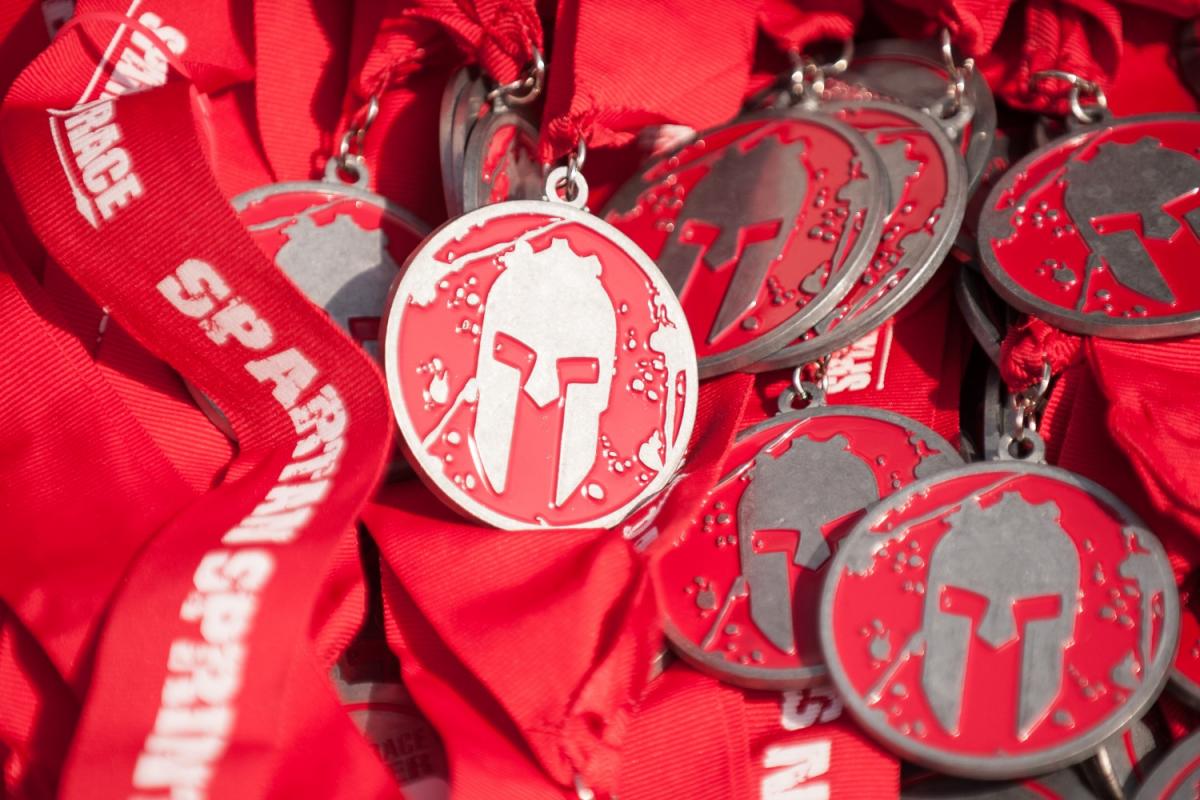
Sometimes, people have this misconception that we’re only interested in the serious competitors. We want to be a healthy lifestyle event and because of that, we have different kinds of athletes – there are the serious, elite competitors, but there also are a lot of people who want to have a good time in a family-friendly environment.
Our mission at the Spartan Race is to change people’s lives and to activate them. People today sit around the office too much – this race is a way of saying, ‘Let’s get back to this primal way of life our ancestors had, and see what they went through.’

